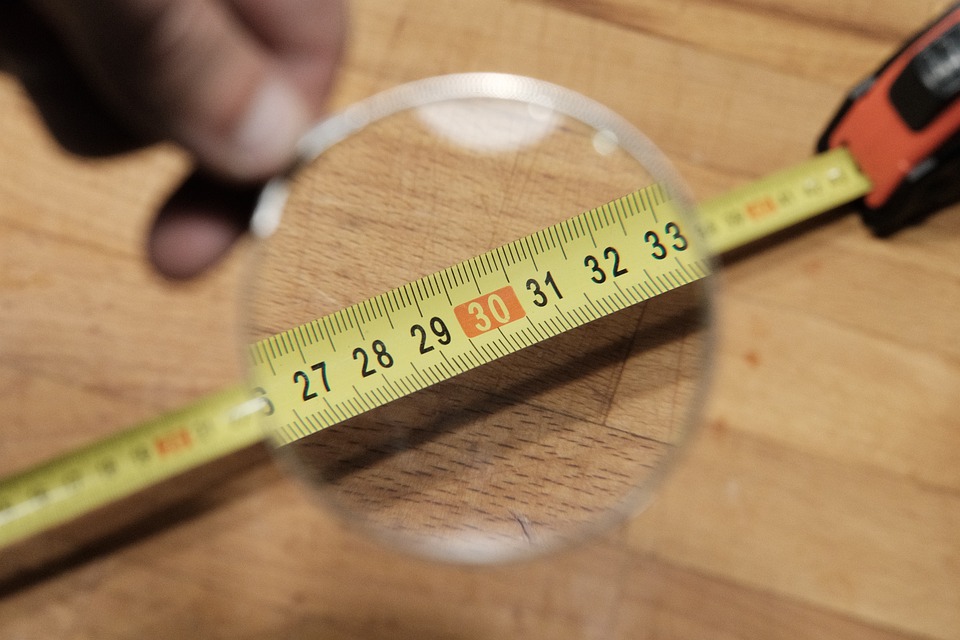
Breaking the Mold: Redefining Beauty Standards in the 21st Century
In a world where social media plays a significant role in how we perceive beauty, there has been a steady shift towards redefining beauty standards in the 21st century. Gone are the days when beauty was limited to a certain type or size – today, beauty is more diverse and inclusive than ever before. From body positivity movements to the rise of unconventional models, the beauty industry is finally breaking the mold and embracing diversity in all its forms.
Body Positivity Movements
One of the most prominent shifts in beauty standards in recent years has been the rise of body positivity movements. These movements advocate for the acceptance and celebration of all body types, regardless of size, shape, or color. They promote the idea that beauty comes in all shapes and sizes, and that no one should feel pressured to conform to a certain ideal.
Social media platforms like Instagram and TikTok have played a significant role in promoting body positivity, with influencers and celebrities using their platforms to spread messages of self-love and acceptance. Photoshoots featuring diverse models and campaigns celebrating different body types have become more common, challenging the traditional standards of beauty that have long dominated the industry.
The Rise of Unconventional Models
Another key aspect of redefining beauty standards in the 21st century has been the rise of unconventional models. In the past, models were expected to fit a narrow set of criteria – tall, thin, and predominantly white. However, in recent years, there has been a push for more diversity in the modeling industry.
Models of all ethnicities, sizes, and genders have been making a name for themselves, challenging the traditional norms of beauty and paving the way for a more inclusive industry. Brands are increasingly casting models who represent a broader range of experiences and backgrounds, reflecting the diversity of their customer base.
Celebrating Individuality
One of the most significant changes in beauty standards in recent years has been the shift towards celebrating individuality. Instead of trying to conform to a one-size-fits-all ideal, people are encouraged to embrace their unique features and quirks. From freckles to scars to stretch marks, imperfections are now seen as beautiful and worthy of celebration.
This shift towards celebrating individuality has been driven by a growing awareness of the harmful effects of unrealistic beauty standards. People are increasingly rejecting the idea that they need to look a certain way to be considered attractive, choosing instead to embrace their natural selves. This has led to a more inclusive and diverse beauty industry, with brands and influencers promoting authenticity and self-acceptance.
The Importance of Representation
Representation plays a crucial role in redefining beauty standards in the 21st century. Seeing people who look like us in media and advertising helps to normalize diverse beauty standards and challenge the idea that there is only one way to be beautiful. When people see models and celebrities who reflect a broader range of experiences and backgrounds, they are more likely to feel validated and accepted in their own skin.
This is why diversity and inclusion have become such important topics in the beauty industry. Brands that prioritize diversity in their advertising campaigns and product offerings are more likely to resonate with consumers who are looking for representation and affirmation of their identities. By showcasing a variety of beauty standards, these brands are helping to redefine beauty in a way that is more inclusive and empowering for everyone.
Conclusion
In conclusion, the beauty standards of the 21st century are becoming more diverse and inclusive than ever before. Body positivity movements, the rise of unconventional models, the celebration of individuality, and the importance of representation have all played a significant role in breaking the mold and redefining beauty standards. Beauty is no longer limited to a certain type or size – it is now recognized as being diverse, inclusive, and inherently individual. As we continue to challenge traditional norms and embrace diversity in all its forms, we are paving the way for a more inclusive and empowering beauty industry that celebrates beauty in all its diverse forms.